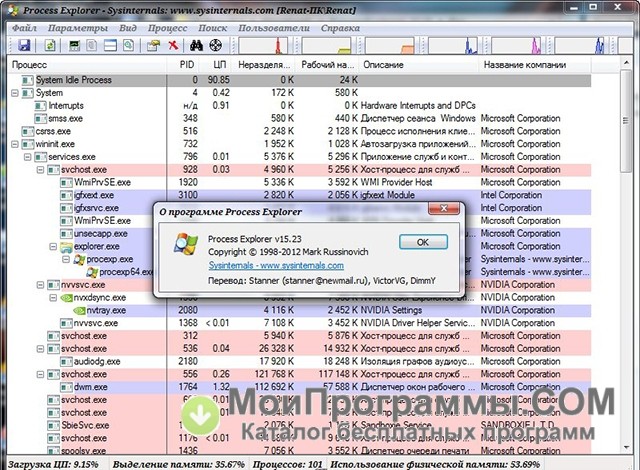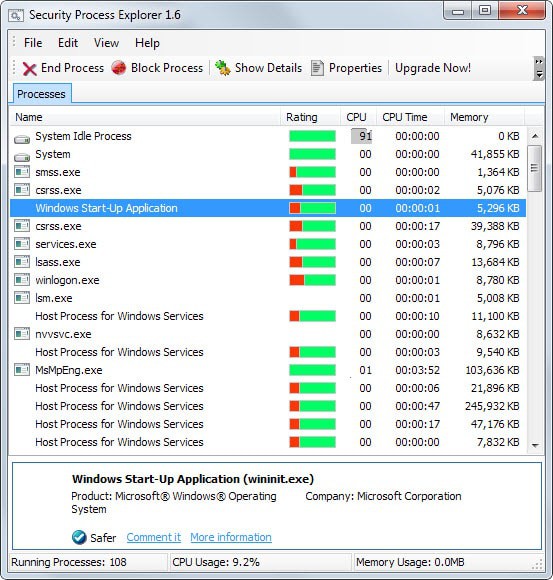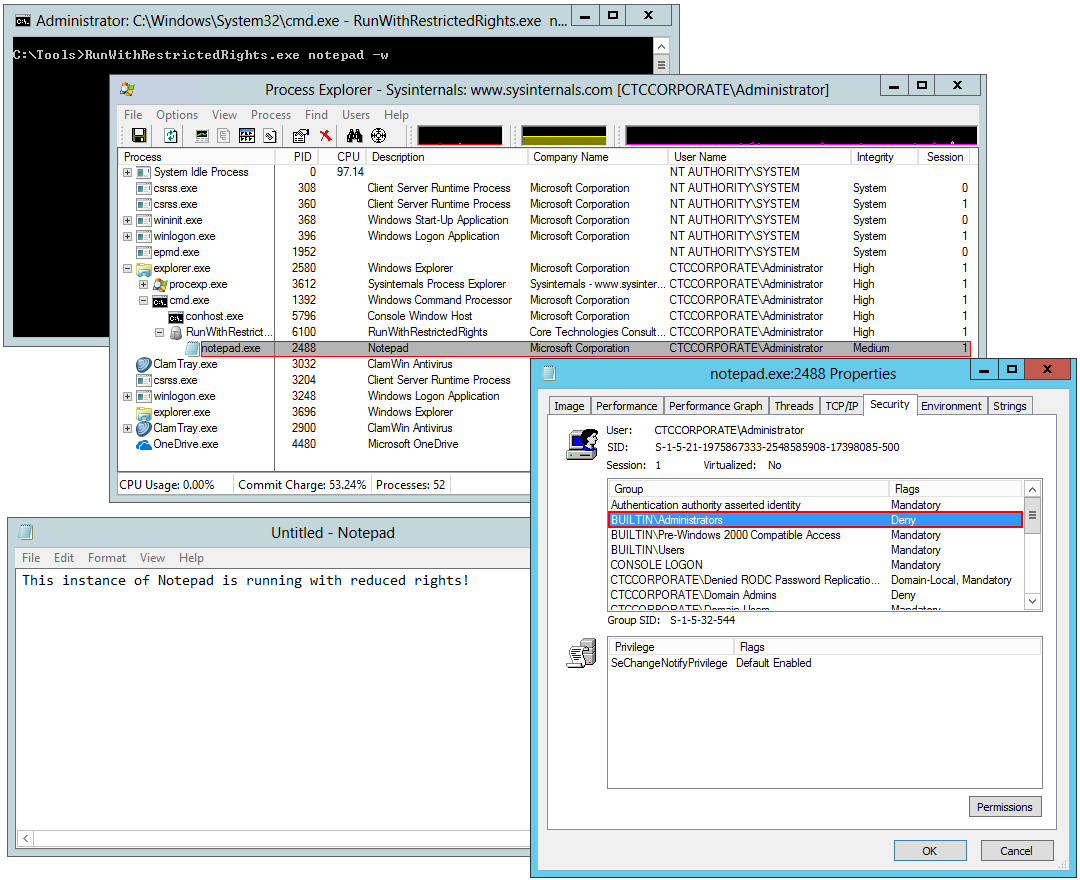

Process Hacker can also help you to escape some of the sites that use browlock tactics. If you choose to terminate the process you can try deleting the locked file again.Consider the warning in the prompt that data might be lost and be aware that Process Hacker can close processes where other task managers might fail.Right-click the highlighter process and choose Terminate.The process will be highlighted in the Processes window.From the right-click menu choose Go to owning process.In the results look for the exact filename and right-click that line.
#IS PROCESS EXPLORER SAFE FULL#

The other tabs are Services, Network, and Disk. the user-name the process is running underīy hovering over one of the process name you can find more information about them.In the default settings it shows you the Processes tab with all the running processes in tree-view and lists: When you run Process Hacker this is the main screen. These are worth studying and depend on how you plan to use Process Hacker. They don’t require a lot of space, so there is no need to be picky. The current version at the time of writing is 2.39ĭuring the installation process you will see a few options:Ĭhoose the destination folder for the program If you just want to start using the tool it’s as easy as downloading and running the installer:

And since it is open source you can even add some of your own if you are able and willing. At first sight Process Hacker looks a lot like Process Explorer but it does have more options. The site also provides a quick overview of what you can do with Process Hacker and what it looks like. Process Hacker is an open source project and the latest version can be downloaded from here. It can help identify malicious processes and tell us more about what they are trying to do. It can help them to troubleshoot problems or learn more about specific processes that are running on a certain system. Process Hacker is a very valuable tool for advanced users.


 0 kommentar(er)
0 kommentar(er)
